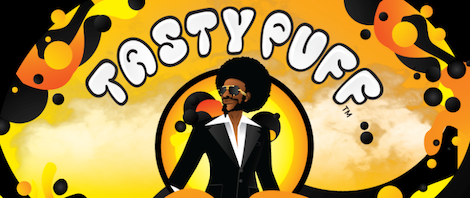Medicinal Marijuana and Pain
Pain itself is a weird and complex thing. It's subjective and personal and can't be precisely measured with a test. That's because even when it's pain associated with a part of your body, it's really your brain that's telling you to hurt. If a pinched nerve in your spine is causing your back to spasm, your brain's way of telling you that something is wrong is to make you feel an ache that might throb constantly or make you feel an explosive jolt if you worsen the pinch with certain movements.
But all those sensations are coming from your brain, telling you to take action to deal with some part of your body. And everyone reacts to these stimuli in different ways.
That's why there are so many different ways to treat pain. Anti-inflammatory drugs reduce inflammation by blocking the chemicals your body creates in response to an injury that cause that inflammation. Opioids bond to opioid receptors you already have in your body, which can cause feelings of euphoria and block sensations of pain. We know that acetaminophen (Tylenol) can treat some forms of pain, but we don't know how it works or why. Even non-pharmacological treatments can stop your brain from telling you to feel hurt, with interesting research showing that meditation and virtual reality can both effectively treat pain.
According to the NASEM report, studies show that both inhaled marijuana (vaporized or smoked) and cannabinoid compounds that come from the cannabis plant (like THC, mostly responsible for the high, or cannabidiol, CBD, one of the most medically promising of the hundreds of chemical compounds found in marijuana) work for pain. This is likely largely related to natural cannabinoid receptors that we already have in our body and that doctors think play a role in pain control. But the exact mechanisms showing how marijuana relieves pain are not fully understood yet.
It's no surprise that people seek out cannabis for chronic pain, as it's incredibly, in some ways disturbingly, common. About 100 million Americans suffer from chronic pain, about one-third of the population, and it's difficult to treat, especially in cases where the cause is unclear. Such pain is the leading cause of long-term disability. In some cases, opioids may be the best treatment for this pain, but the rapid rise in opioid addiction over the years makes many people want to find safer solutions.
With that in mind, cannabis seems like a good option. In states that have legalized medical marijuana for pain, addiction and opioid overdose rates have dropped.
But doctors still have questions.
Read More: Business Insider


















